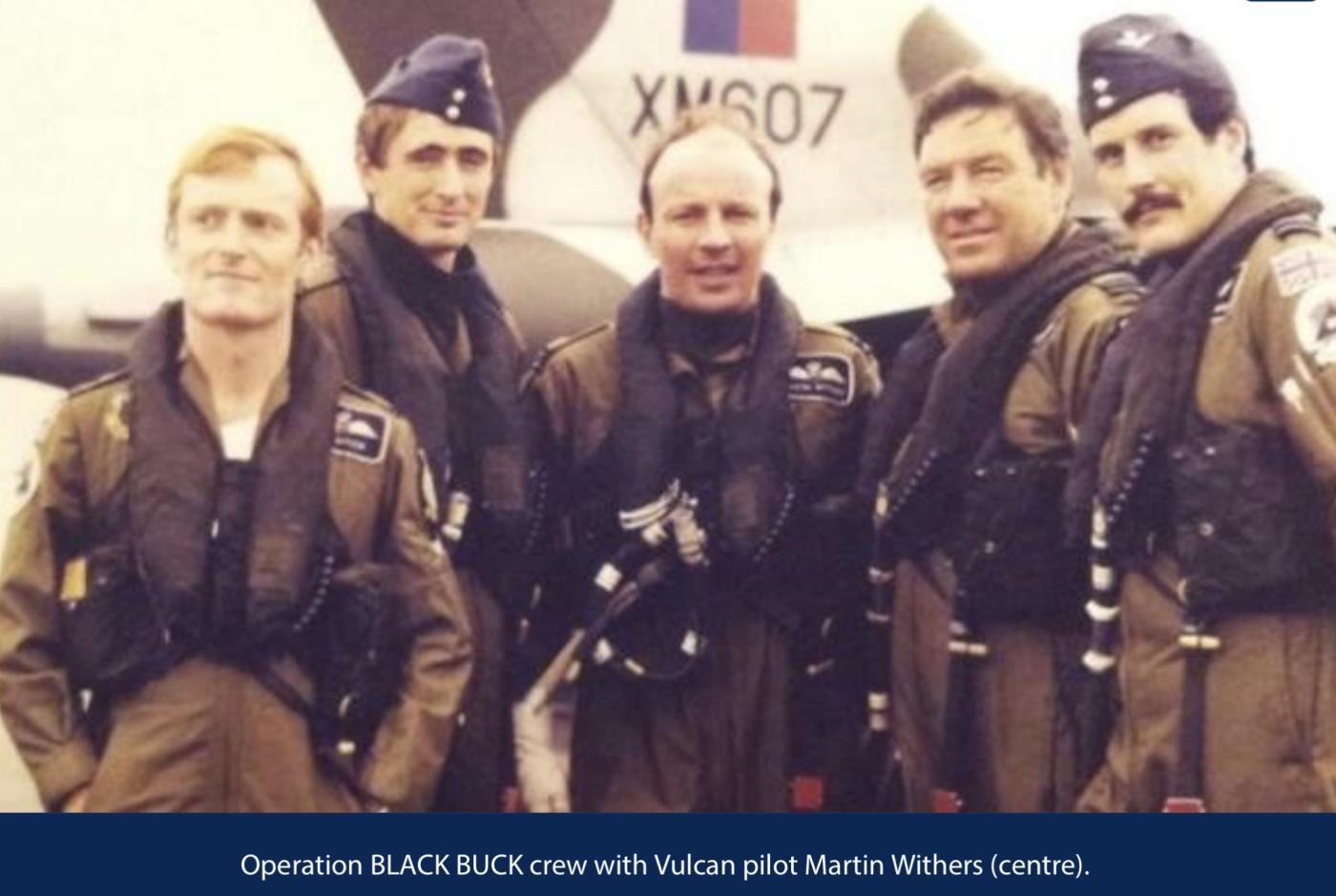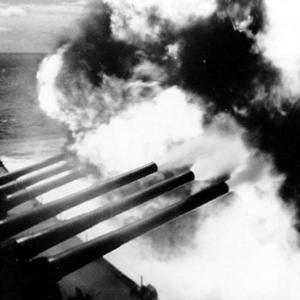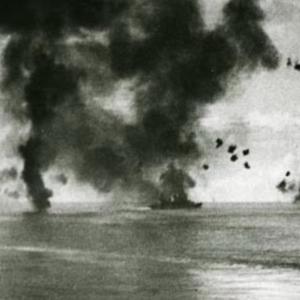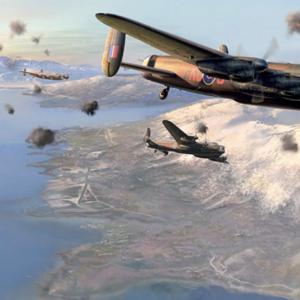
Martin Withers famous RAF Vulcan pilot
Martin Withers was born on January 12, 1946, in Purley, Surrey, England. His early fascination with aviation led him to join the University Air Squadron while studying, where he began flight training on the de Havilland Chipmunk aircraft at RAF Shawbury. After completing his university education, Withers officially joined the Royal Air Force in August 1968. He trained as a pilot and was eventually selected to fly the Avro Vulcan, one of Britain’s iconic Cold War-era strategic bombers.
During his RAF career, Withers logged over 2,000 flight hours on the Vulcan. His piloting skill and operational reliability earned him increasing responsibilities within the service. At a time when the Cold War defined much of the UK’s military posture, the Vulcan bomber force played a critical role in Britain’s nuclear deterrent. Withers became a respected pilot within this elite community, well-regarded for his professionalism and command capabilities.
In 1982, Argentina invaded the Falkland Islands, sparking the Falklands War. To support the British task force sailing to retake the islands, the RAF launched Operation Black Buck—an ambitious plan to carry out bombing raids on Argentine positions over 8,000 miles away. The objective was to disable the runway at Port Stanley to prevent Argentine fast jets from operating from the islands.
Martin Withers was chosen to pilot the first of these missions, known as Black Buck One. Flying Vulcan XM607, his crew departed from Ascension Island on April 30, 1982. The mission would go down in history as one of the most complex and logistically demanding bombing raids ever undertaken. It involved 11 Victor tankers and multiple mid-air refueling operations to get a single bomber to the target and back.
Despite facing numerous challenges, including near-failure of a refueling maneuver and tight fuel margins, the crew completed the mission. They released a load of 21 1,000-pound bombs, with one bomb striking the Port Stanley runway, rendering it unusable for fast jet operations. The round-trip flight covered nearly 8,000 miles and lasted over 16 hours, making it the longest bombing raid in history at that time.
For his leadership and skill during the mission, Martin Withers was awarded the Distinguished Flying Cross. His performance under pressure exemplified the high standards of the RAF and brought global attention to Britain’s long-range strike capabilities.
Later, Withers also flew Black Buck Seven, the final mission of the series. Although the bombs on that mission missed their intended targets, the cumulative effect of the raids helped contribute to the Argentine decision to surrender just two days later.
Martin Withers retired from the Royal Air Force in 1991 with the rank of Squadron Leader. He then pursued a successful career in commercial aviation, flying for airlines including Jersey European Airways and Thomas Cook Airlines. He operated a range of aircraft including the Fokker F27, Shorts 360, Airbus A320, and Boeing 757.
In 2007, Withers returned to his roots by joining the Vulcan to the Sky Trust. He became the Chief Pilot and later the Operations Director for the restored Vulcan XH558, the last airworthy Vulcan bomber. Under his leadership, XH558 performed at numerous airshows across the UK, thrilling audiences and preserving the legacy of Britain’s Cold War-era bomber force. The aircraft was finally retired from flight in 2015.
Today, Martin Withers remains a prominent figure in British aviation heritage. He is a trustee of the Yorkshire Air Museum and the Allied Air Forces Memorial, where he continues to support aviation education and remembrance initiatives. His remarkable RAF service—particularly during Operation Black Buck—stands as a powerful example of determination, technical skill, and dedication to duty.










